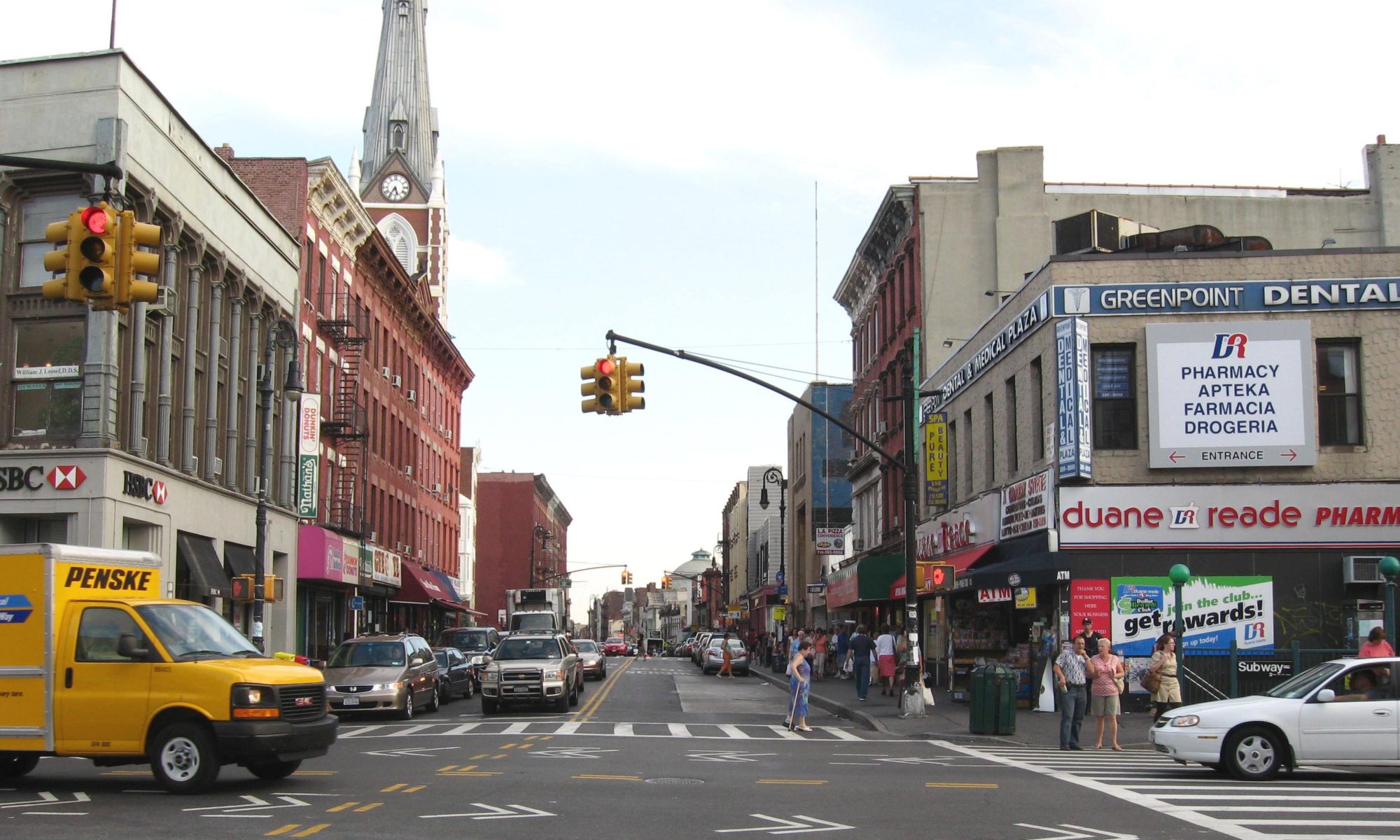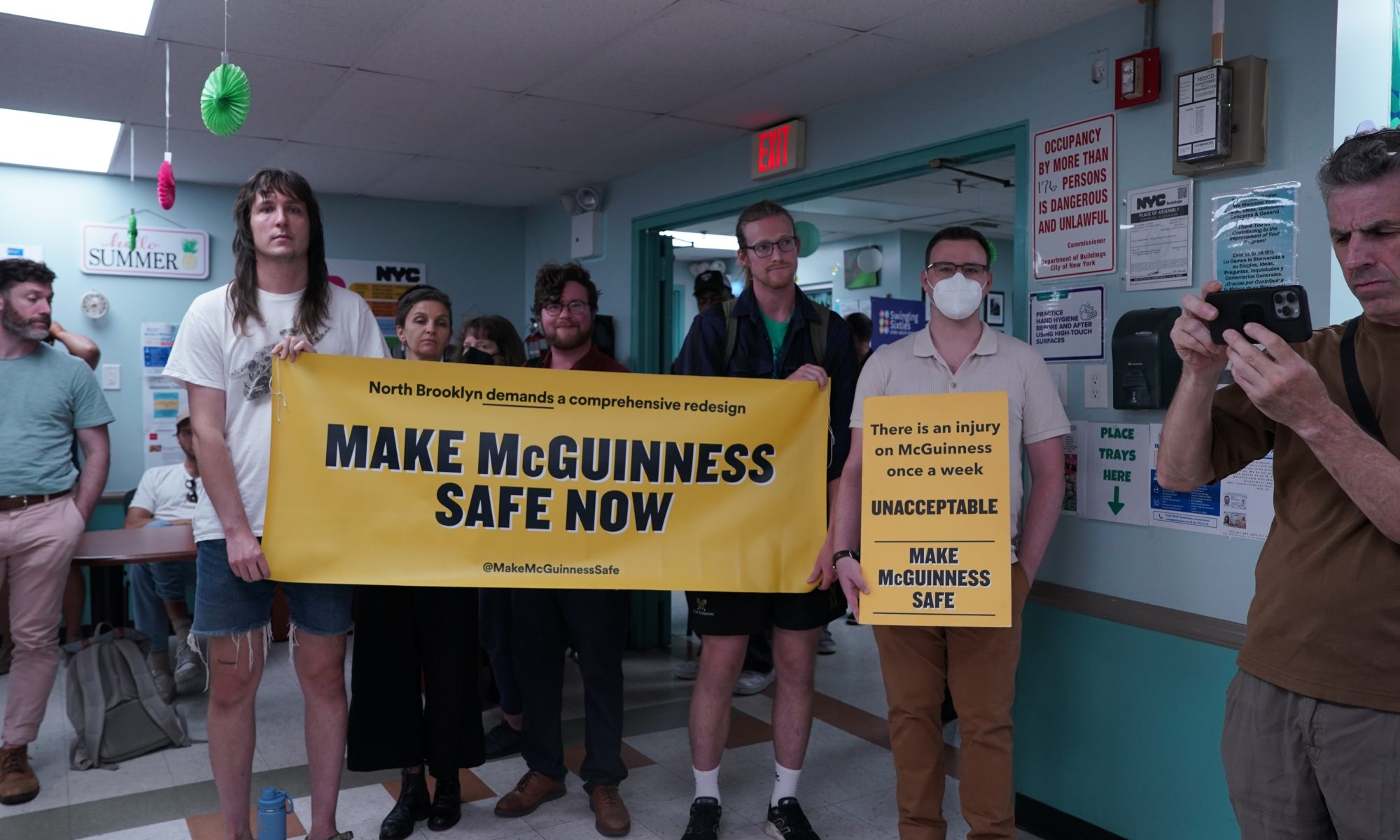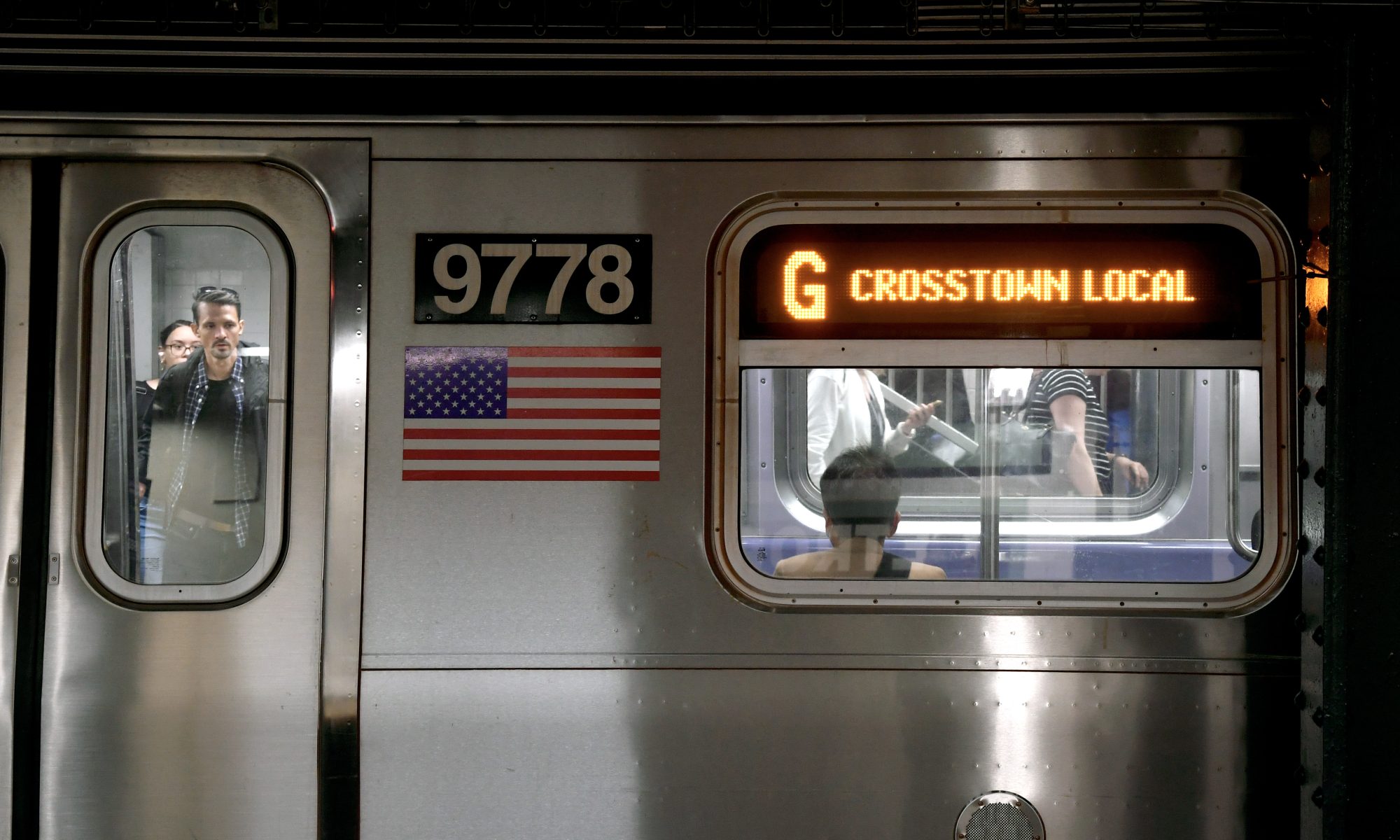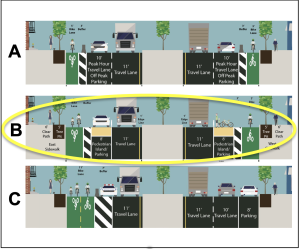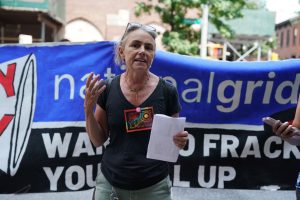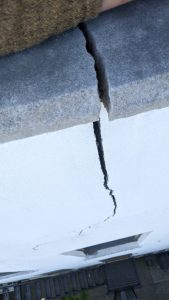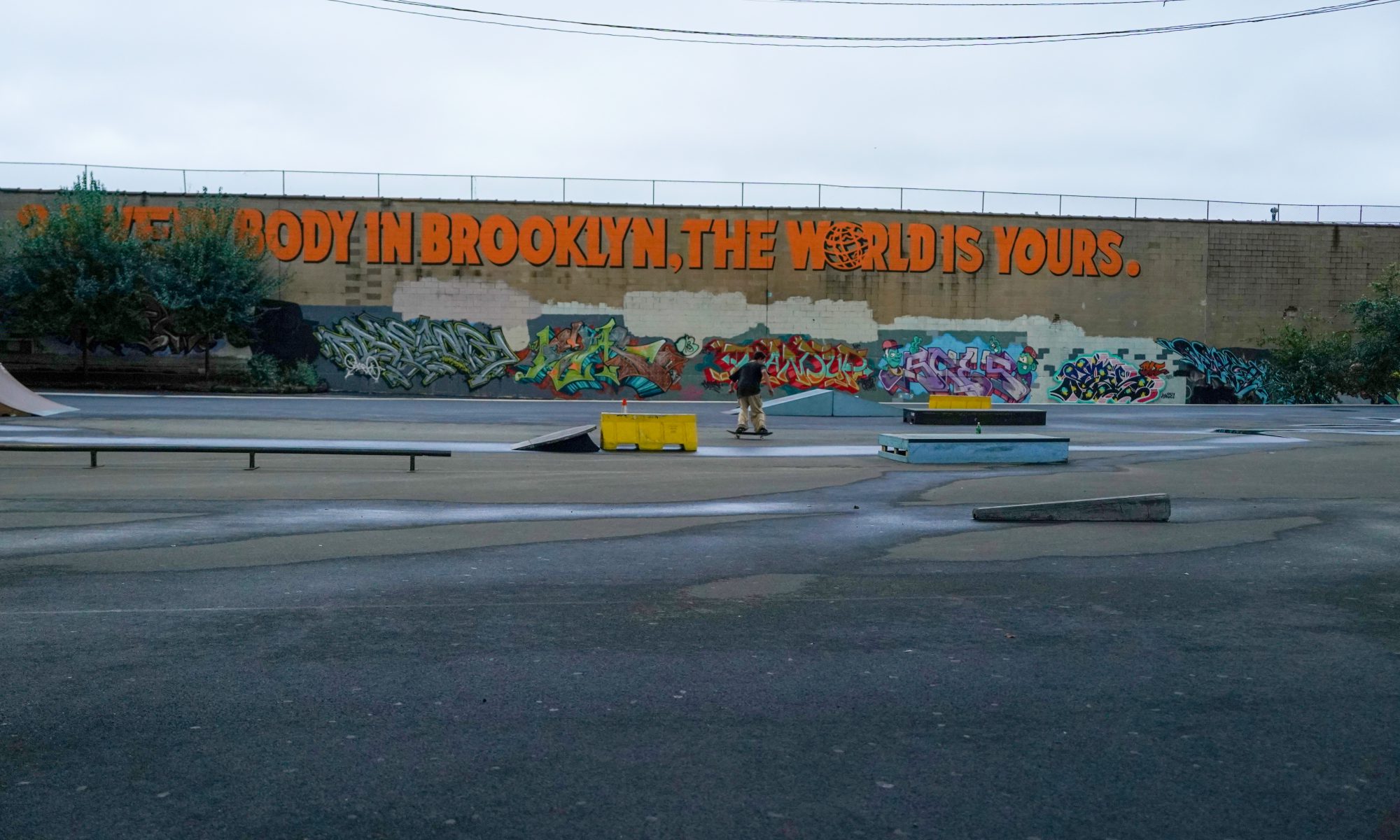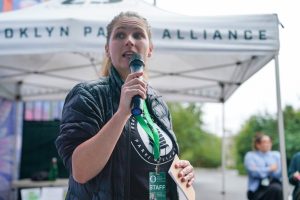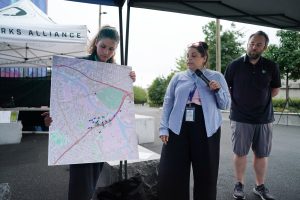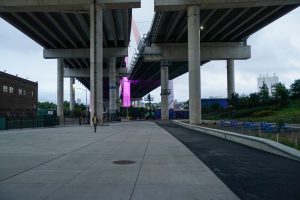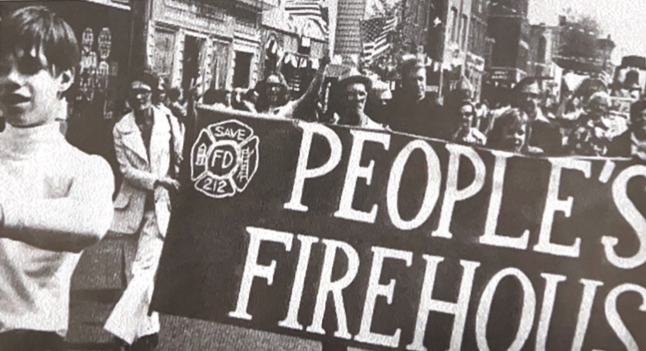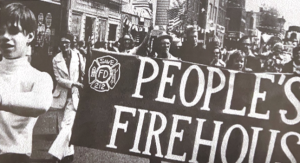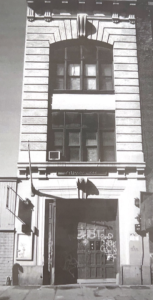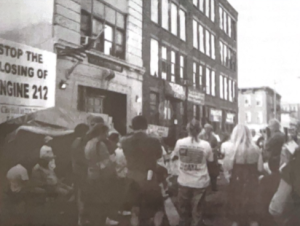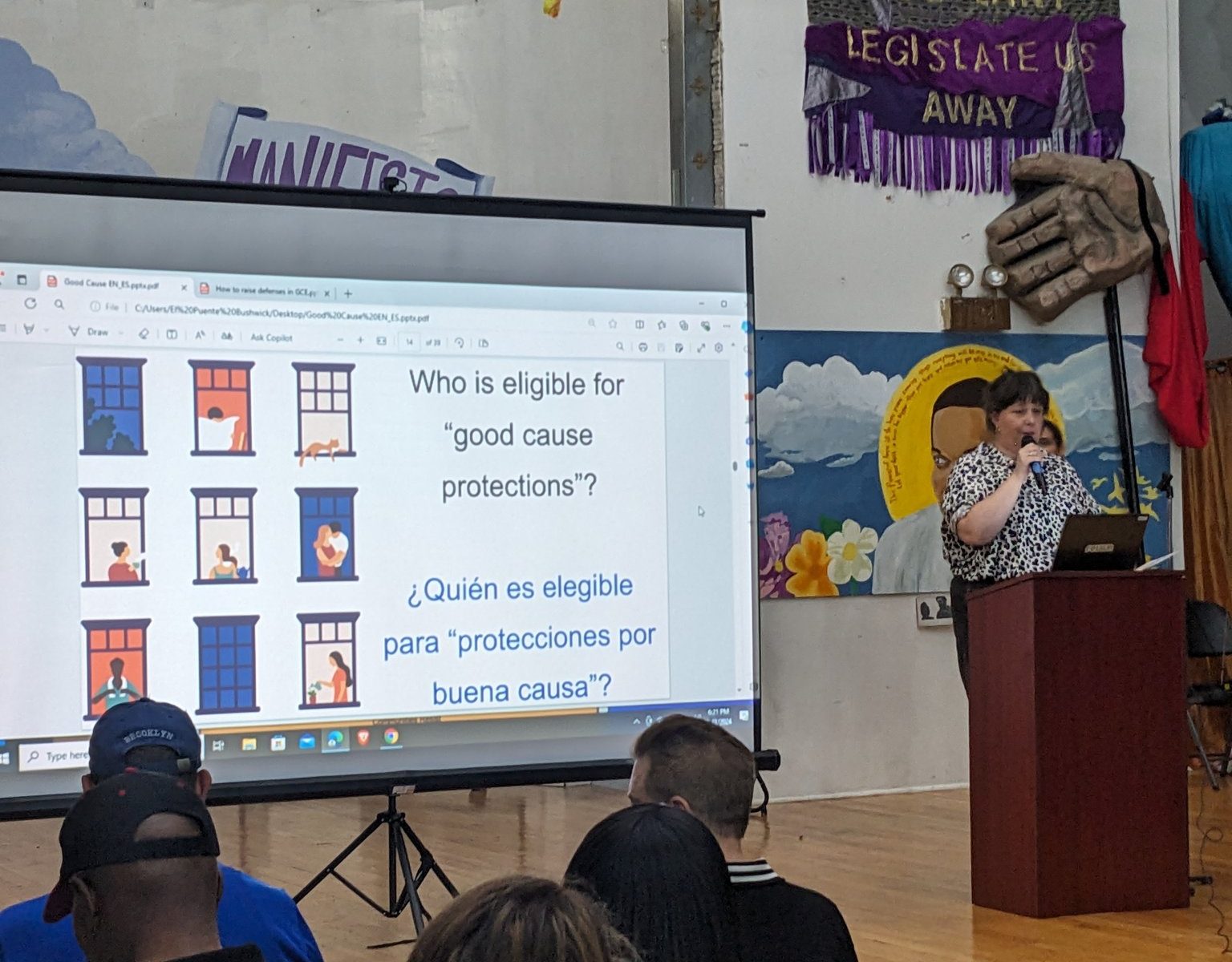
By Jean Brannum | jbrannum@queensledger.com
At a community board meeting in Greenpoint, Make McGuinness Safe, and members of the board sparred with the Department of Transportation over a compromised plan to redesign McGuinness Blvd.
After a years-long battle between advocacy organizations and elected officials and the Mayor and the DOT, the DOT approved a plan to redesign McGuinness Blvd aiming to reduce collisions. Advocacy group, Make McGuinness Safe, has fought for a plan proposed by the DOT to remove one of the travel lanes into a parking lane and add protected bike lanes.
Initially, Mayor Eric Adams verbally agreed to the changes but walked back when an opposing group, Keep McGuinness Moving, spoke out against removing a travel lane. In a statement, the group said that McGuinness Blvd is an emergency route and the potential congestion would interfere with evacuation and local businesses that need the street for deliveries.
The DOT approved an alternative plan and informed elected officials on Aug 20. The alternative plan includes a protected bike lane, one part-time travel lane that becomes a parking lane during off-peak hours, and a full-time travel lane. This plan was implemented in the northern part of the boulevard but will be extended to the southern part this year, DOT says.
This approval was met with protest from those on the side of Make McGuinness Safe at a Community Board 1 meeting where the DOT announced formal plans to implement the changes. Before the meeting, Bronwyn Breitner, one of the leaders of Make McGuinness Safe and a public member of the Transportation Committee, condemned the DOT’s reversal of the plan.
“We know that the plan that the DOT is here to present tonight is dangerous,” Breitner said. “We know, in many ways, it’s more dangerous than doing nothing on McGuinness Blvd.”
In a fiery match between DOT spokespeople and the community board, the DOT said it hoped to complete the redesign by the end of the year, weather permitting. Some members of the community board, like Kevin Costa, asked the DOT why they were discussing a plan that the community board never endorsed. Costa also questioned the DOT’s claim that it performed necessary outreach despite the petition for Make McGuinness Safe garnering 10,000 signatures.
The DOT responded that it performed outreach to people who disagreed with the community board’s endorsement.
Lincoln Restler, who came to the meeting to give updates on what his office was working on, briefly defended the DOT spokespeople and pointed the blame at the mayor.
“This was decided by Mayor Adams,” Restler said. “This was his decision to ignore the 10,000 people in our community.”
The Debate On Data
The discussion quickly turned into questioning the data the DOT and Make McGuinness Safe were using–or not using– to evaluate the effectiveness of the alternative redesign.
Breitner said that data on Crashmapper from the last year has not shown improvements in the already-redesigned north part of McGuinness. According to Crashmapper, the average number of collisions on McGuinness Blvd from Dupont St to Calyer from July to August year-over-year was 83. From July 2023 to August 2024, there were 35 crashes. It’s important to note that the median value is 100.
The DOT responded that it does not look at data until a design has been implemented for a year and that it will look at changes over multiple years rather than just one year. The DOT also mentioned that its own data collection is not complete for the first part and does not speculate on upcoming data.
However, those wanting the first redesign hammered on the point that nothing would change unless the second travel lane was gone.
